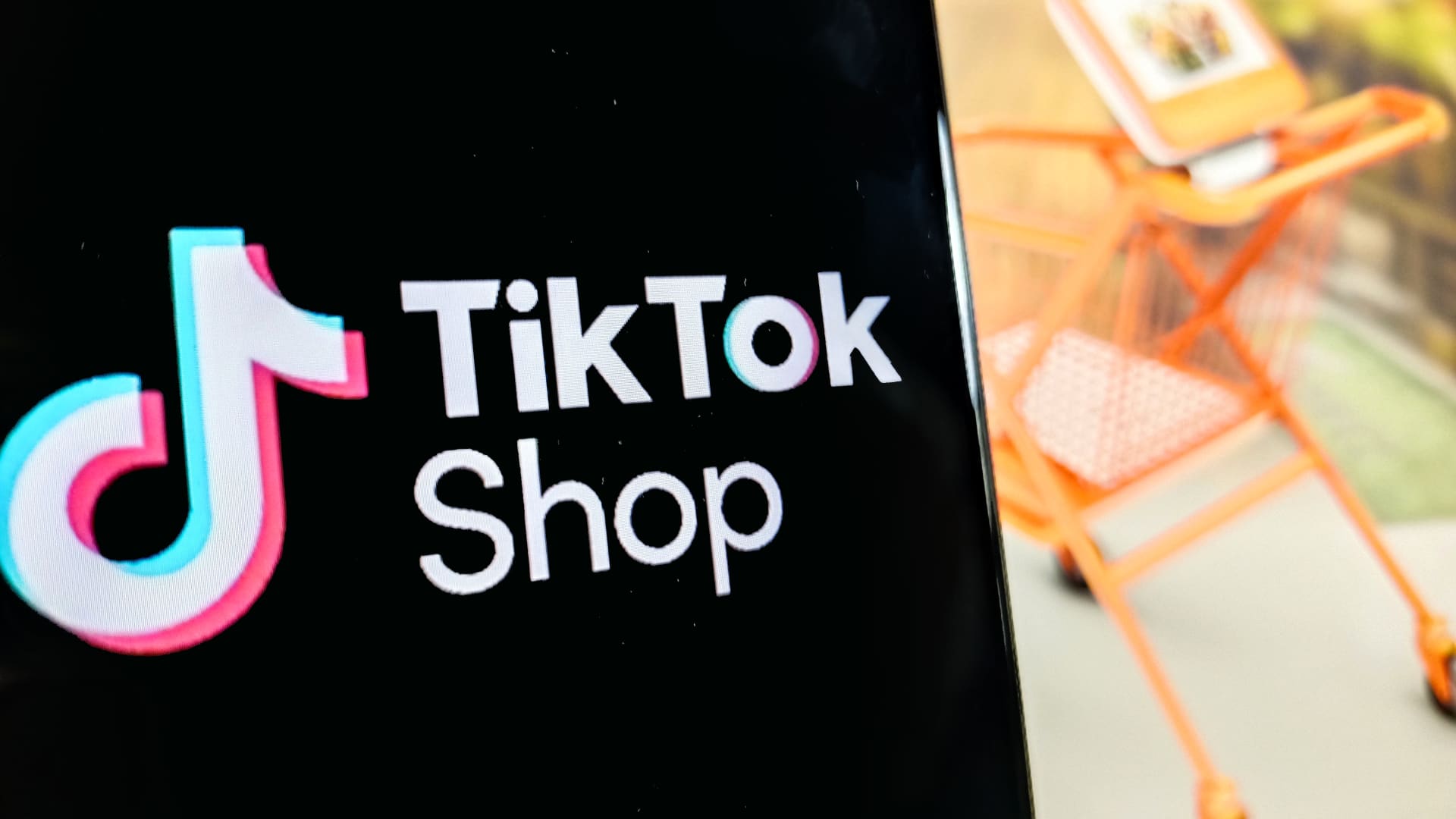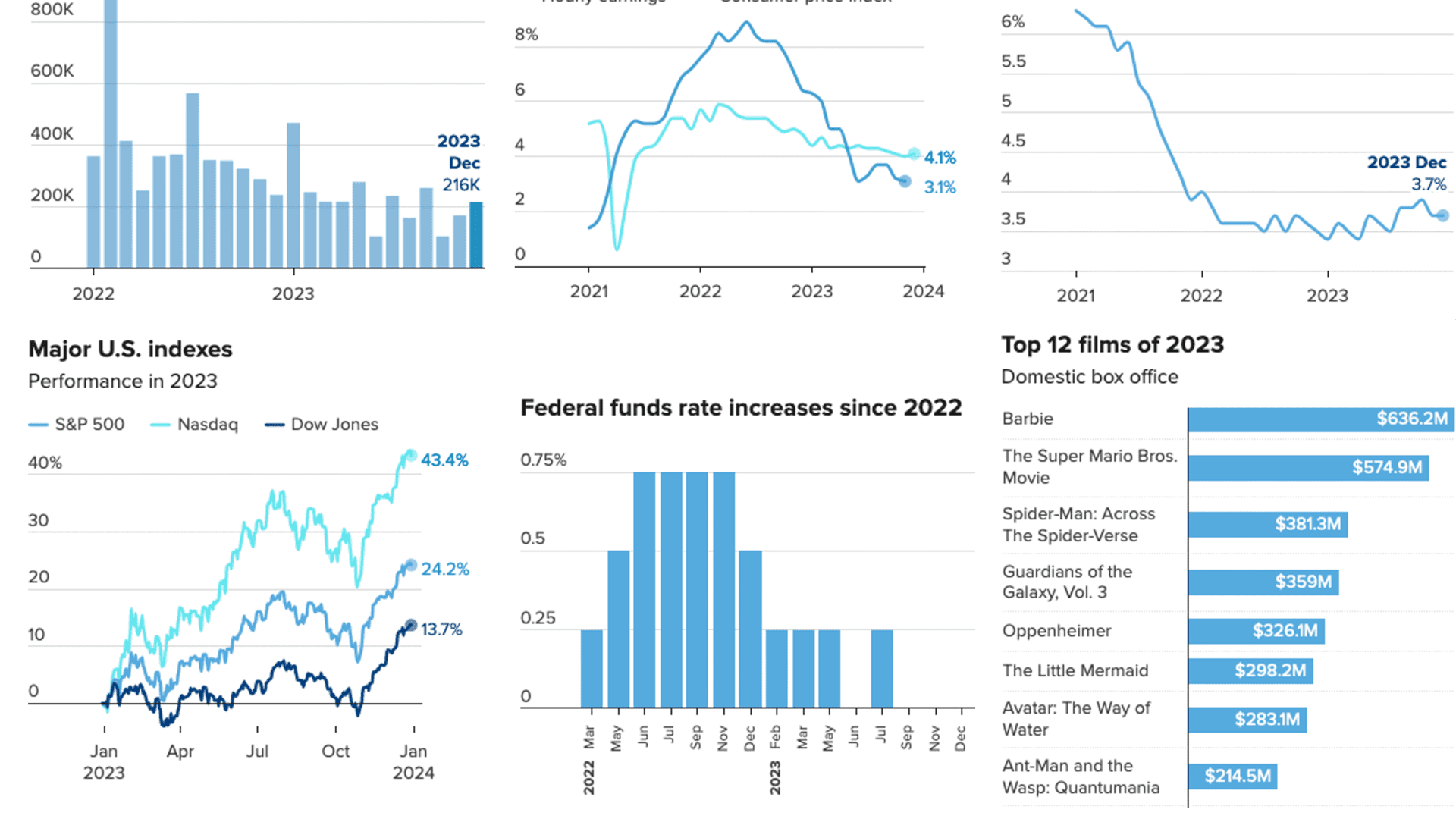Is Hybrid Work Here to Stay? What Companies Are Betting On in 2025
When the pandemic forced millions of people into home offices, few could have predicted that remote work would reshape the future of business. Now, five years later, “hybrid work” has emerged as the dominant model. But is it here to stay, or will companies eventually pull everyone back to the office? As we move through 2025, the evidence suggests hybrid work is not only enduring—it’s evolving.
Why Companies Embraced Hybrid
At first, hybrid schedules were seen as a compromise: keep employees happy with flexibility while still preserving some in-office culture. Over time, however, the benefits became clearer:
- Talent retention: Workers now expect flexibility. For many, a rigid 5-day office schedule is a dealbreaker.
- Productivity: Studies from organizations like Gallup and Microsoft show hybrid employees are often as productive—or more—than their fully in-office peers.
- Cost savings: Downsizing office space saves millions in rent, utilities, and overhead.
The model also allows companies to tap into a broader talent pool by hiring across geographies, no longer limited to workers within commuting distance.
The Challenges of Hybrid Work
Of course, hybrid work isn’t a perfect solution. Companies continue to wrestle with:
- Collaboration gaps: Spontaneous creativity is harder when teams aren’t physically together.
- Inequality: Remote workers sometimes feel sidelined compared to in-office peers who get more face time with leaders.
- Culture building: Without shared spaces, companies must work harder to maintain culture and connection.
- Technology strain: Hybrid setups demand investment in secure networks, digital tools, and IT support.
For hybrid to work long-term, organizations must address these issues head-on.
What Companies Are Doing in 2025
Different industries are taking different approaches:
- Tech giants like Google and Microsoft continue with flexible hybrid schedules, relying on cutting-edge collaboration tools and redesigned offices that prioritize team-based work.
- Financial firms such as JPMorgan and Goldman Sachs are leaning more heavily on in-office expectations, citing mentorship and culture as reasons. Yet even they have quietly allowed more hybrid accommodations than in years past.
- Healthcare and manufacturing companies, where on-site work is often required, have experimented with hybrid for non-frontline roles, offering “anchor days” to blend physical presence with flexibility.
The key trend? Hybrid looks less like a one-size-fits-all policy and more like a tailored strategy depending on industry, role, and workforce expectations.
Employees Are Driving the Change
While leadership teams debate the future of hybrid work, employees are the real decision-makers. Surveys show:
- 70% of workers prefer hybrid to fully in-office or fully remote models.
- Many younger workers—especially Gen Z—value flexibility as much as salary.
- Turnover risk spikes when companies try to force strict office mandates.
In other words, organizations that ignore employee preferences risk losing talent to more flexible competitors.
The Future of Hybrid Work
So, is hybrid work here to stay? Most signs point to yes. But the version we see in 2025 is more refined than the one we saw in 2020:
- Anchor days: Many firms designate certain days for in-person collaboration.
- Office redesigns: Spaces are shifting from individual cubicles to open, collaborative hubs.
- Global collaboration tools: AI-enhanced platforms are making meetings more inclusive for hybrid teams.
- Wellness focus: Companies are integrating mental health support, recognizing that blurred work-life boundaries can cause burnout.
Hybrid isn’t just a temporary experiment anymore—it’s becoming a permanent pillar of modern work.
The hybrid work debate is no longer about whether it’s feasible—it’s about how to do it well. Companies that find the right balance of flexibility, culture, and accountability will not only attract top talent but also thrive in a rapidly changing economy.
As of 2025, the message is clear: hybrid work is here to stay. The question is not if companies will adapt, but how quickly they’ll refine their models to meet the demands of the workforce of tomorrow.







